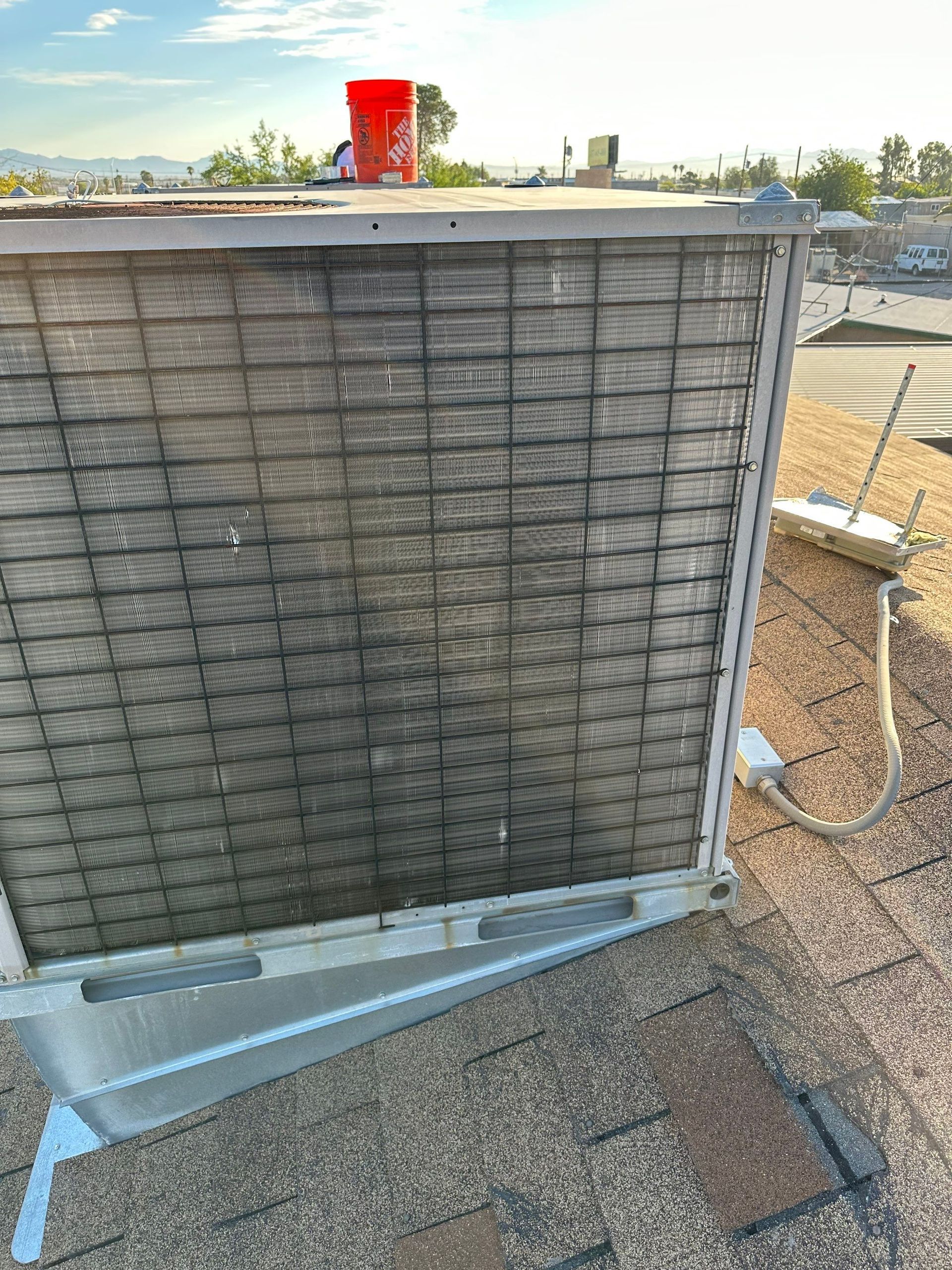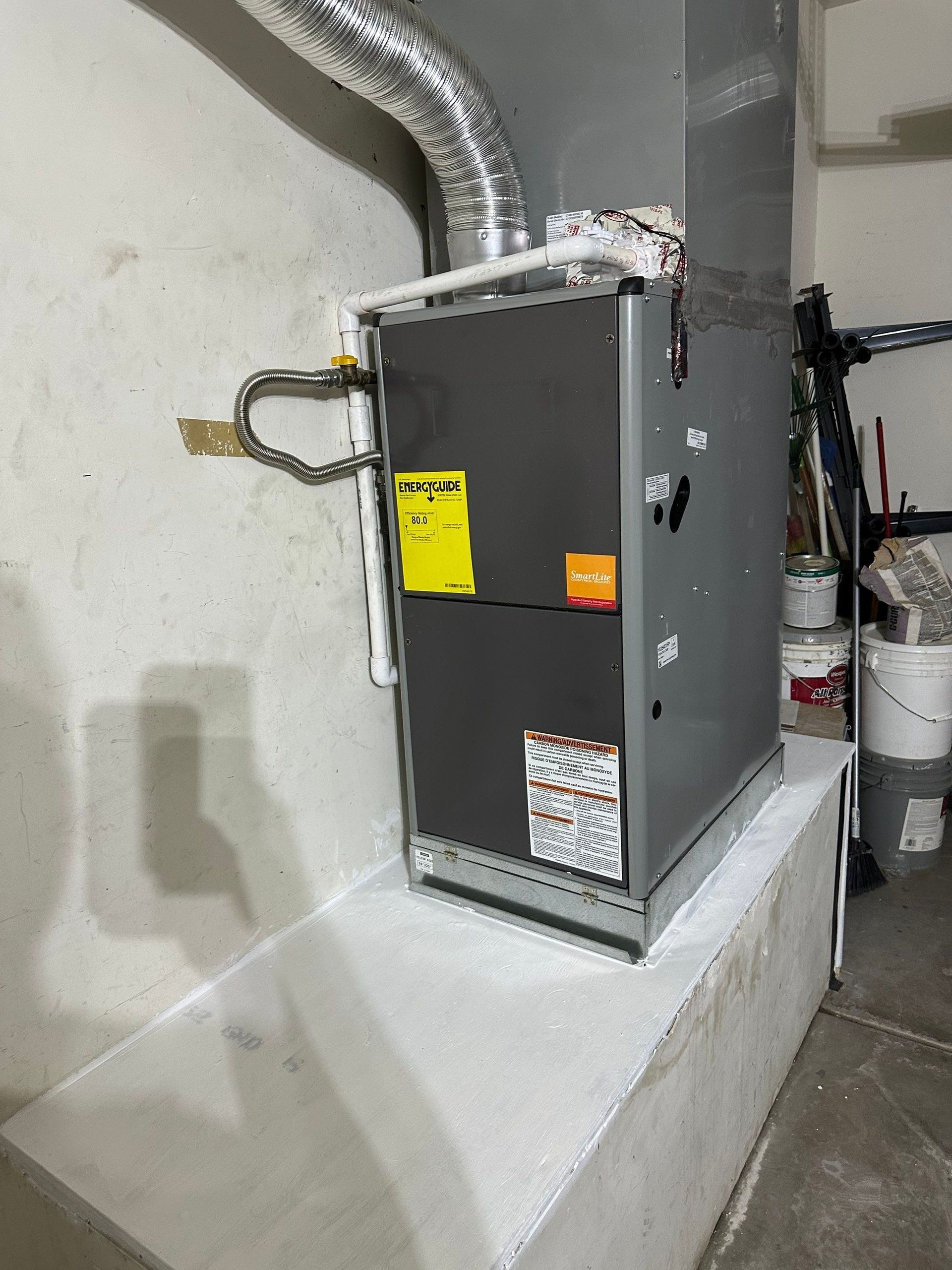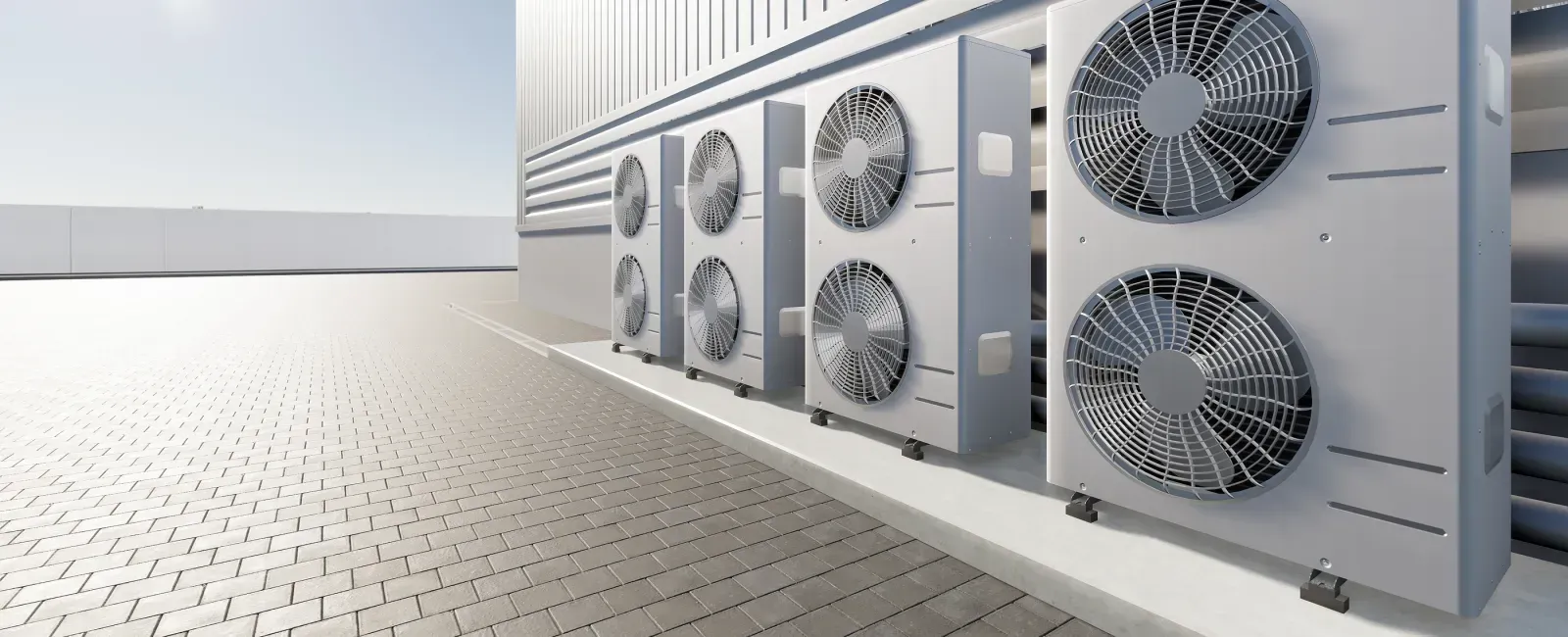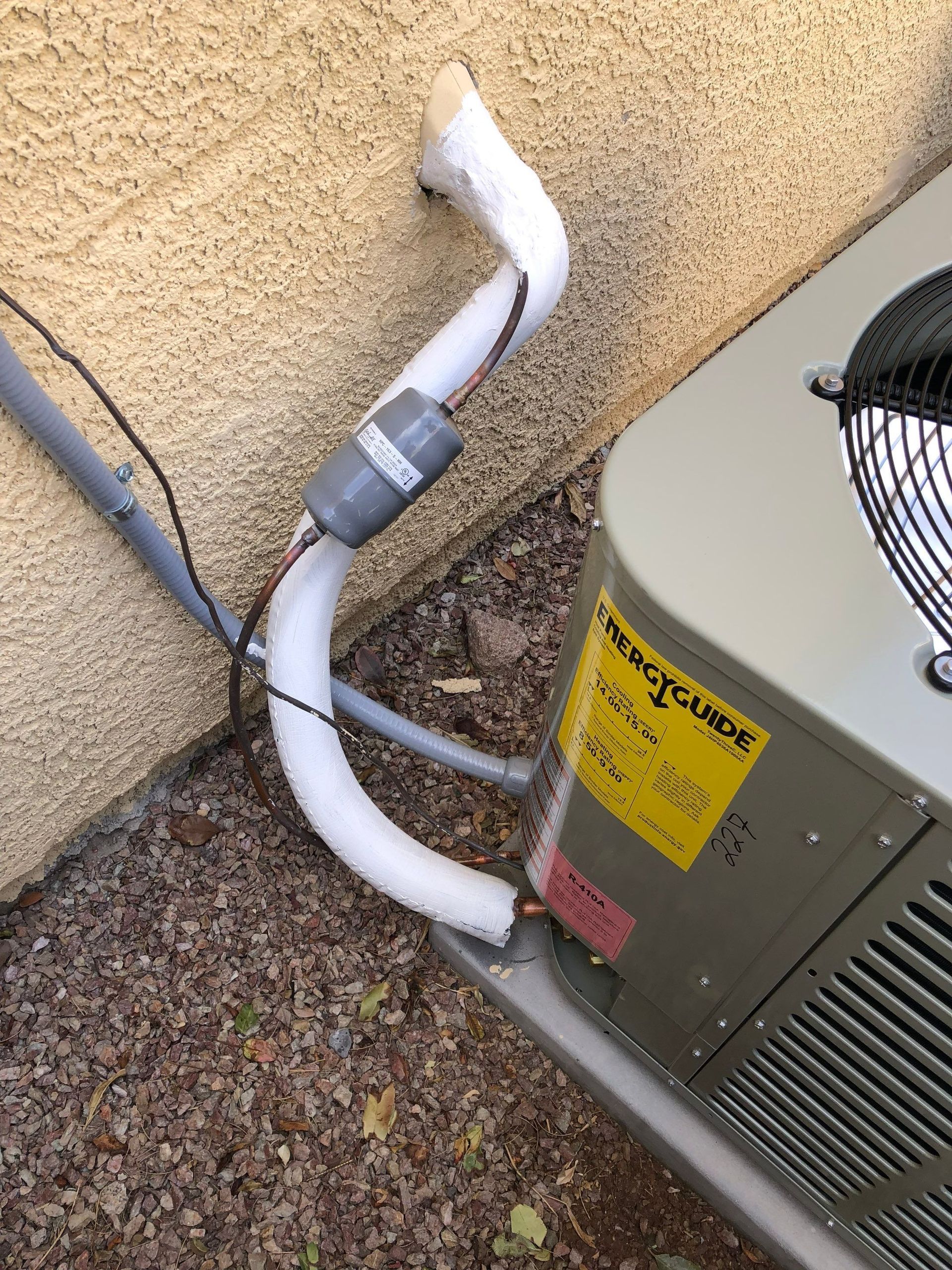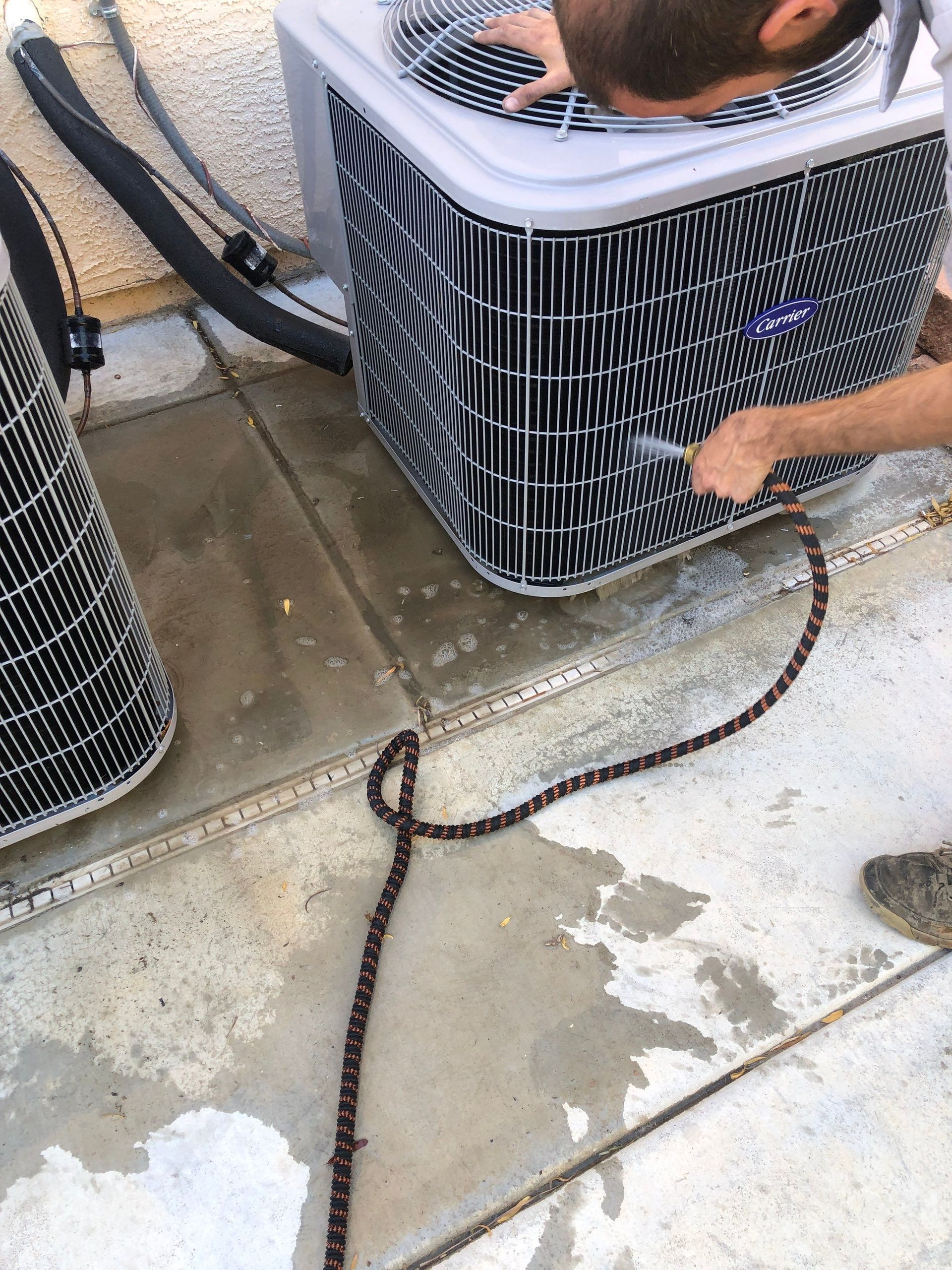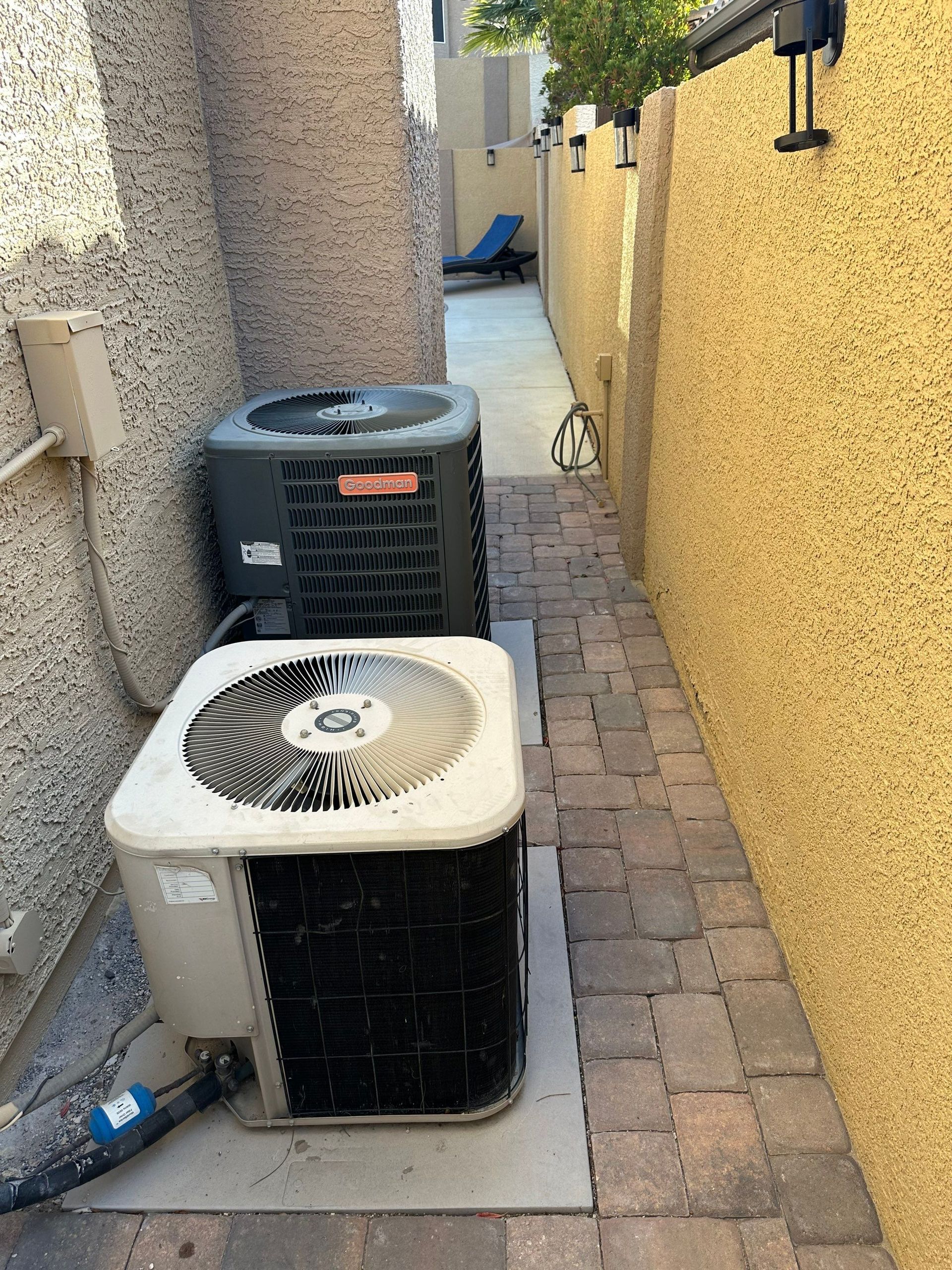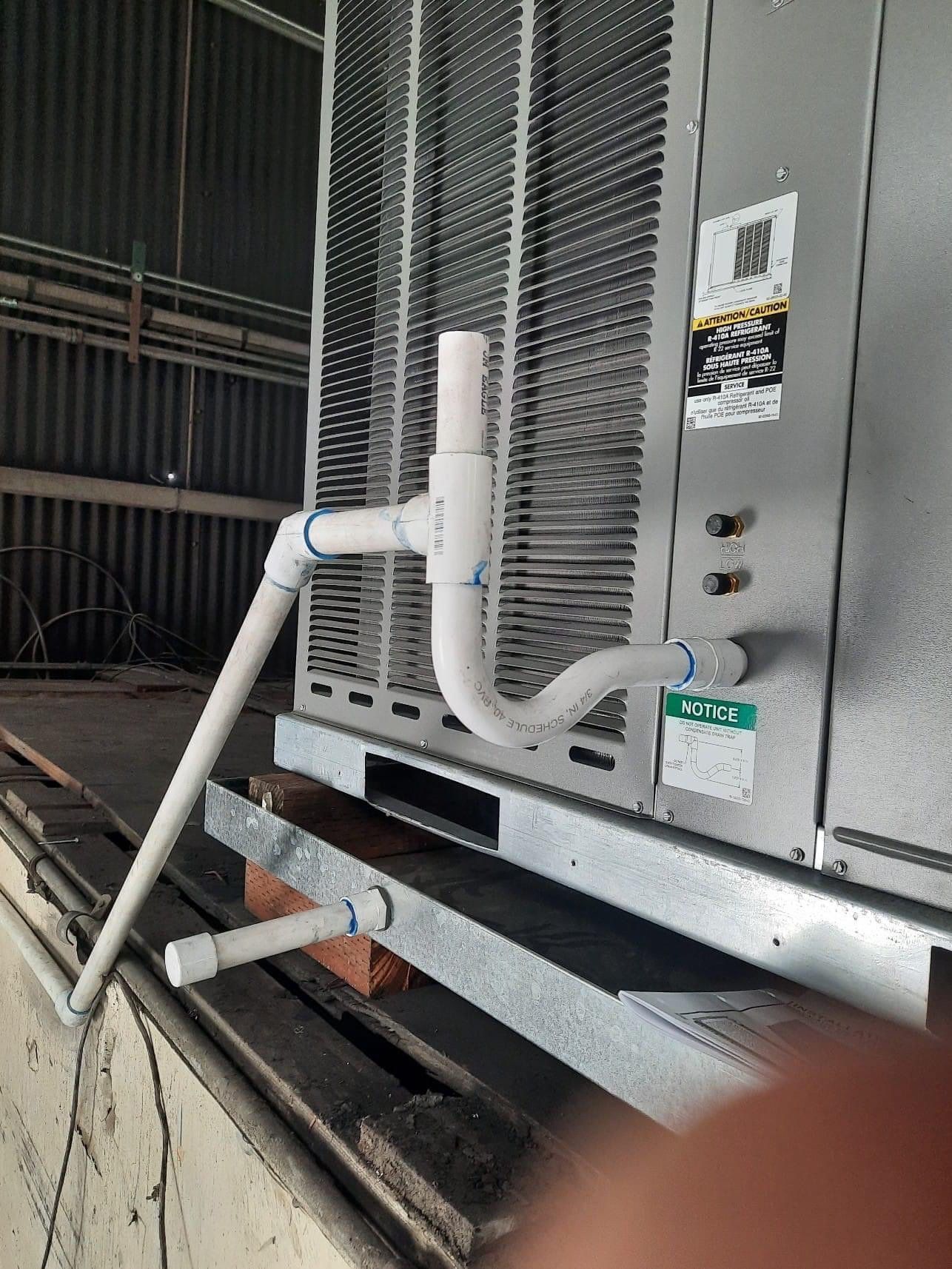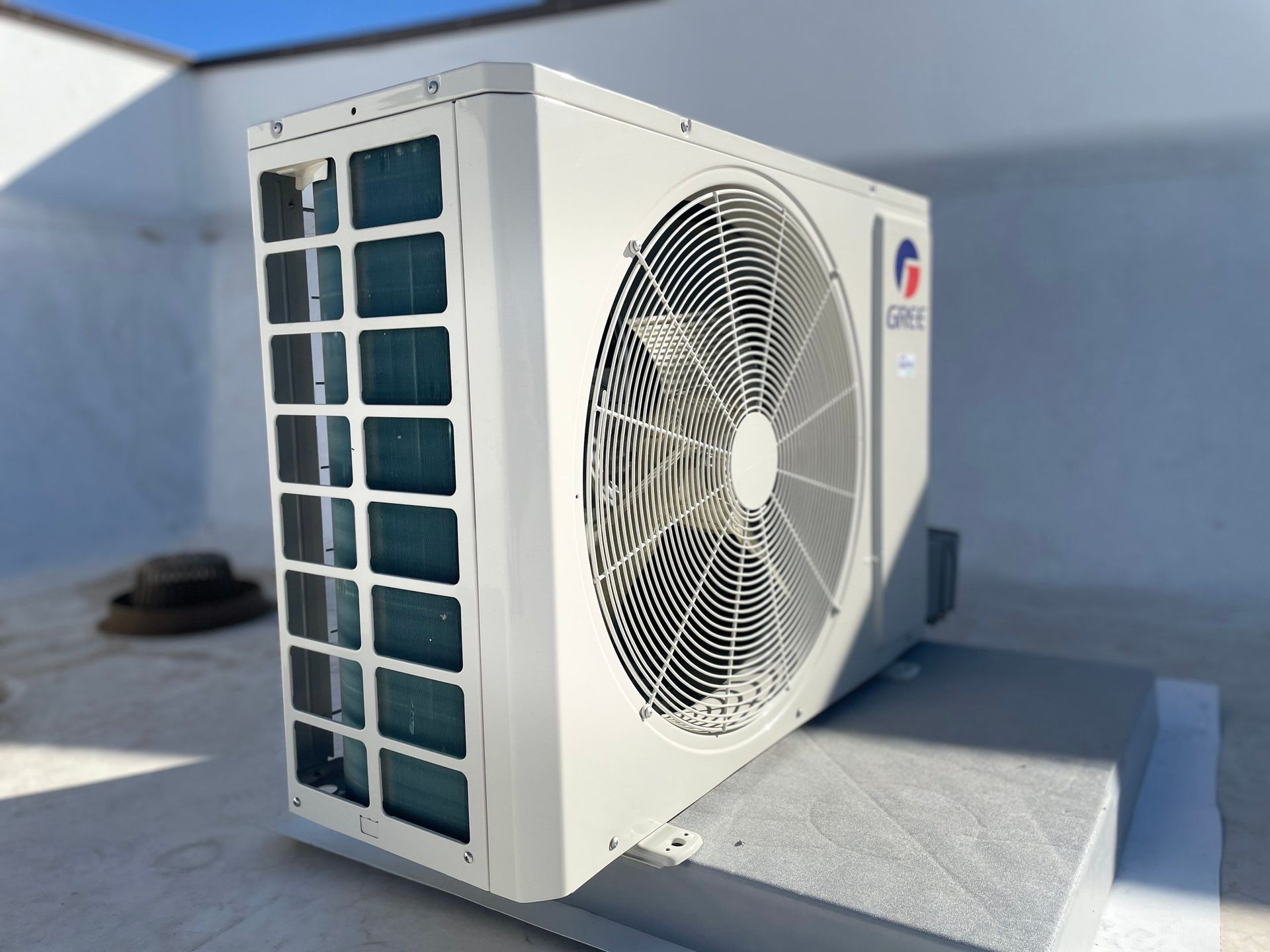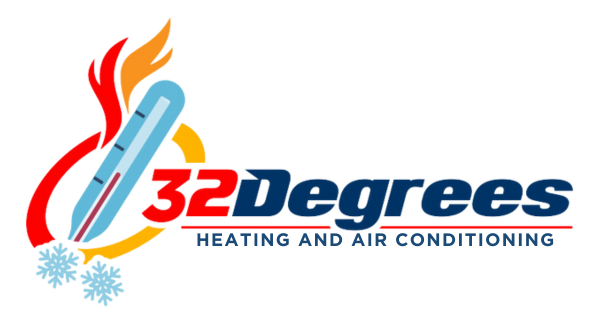What Causes Refrigerant Leaks, and How Are They Fixed?
Refrigerant is the lifeblood of your air conditioning system. It’s what absorbs heat from your home and releases it outside, keeping your indoor spaces cool and comfortable. But when there’s a refrigerant leak, everything starts to fall apart. Cooling becomes inefficient, energy bills climb, and your system could even face long-term damage.
So, what causes refrigerant leaks, and how can they be fixed? Let’s break it down step by step.
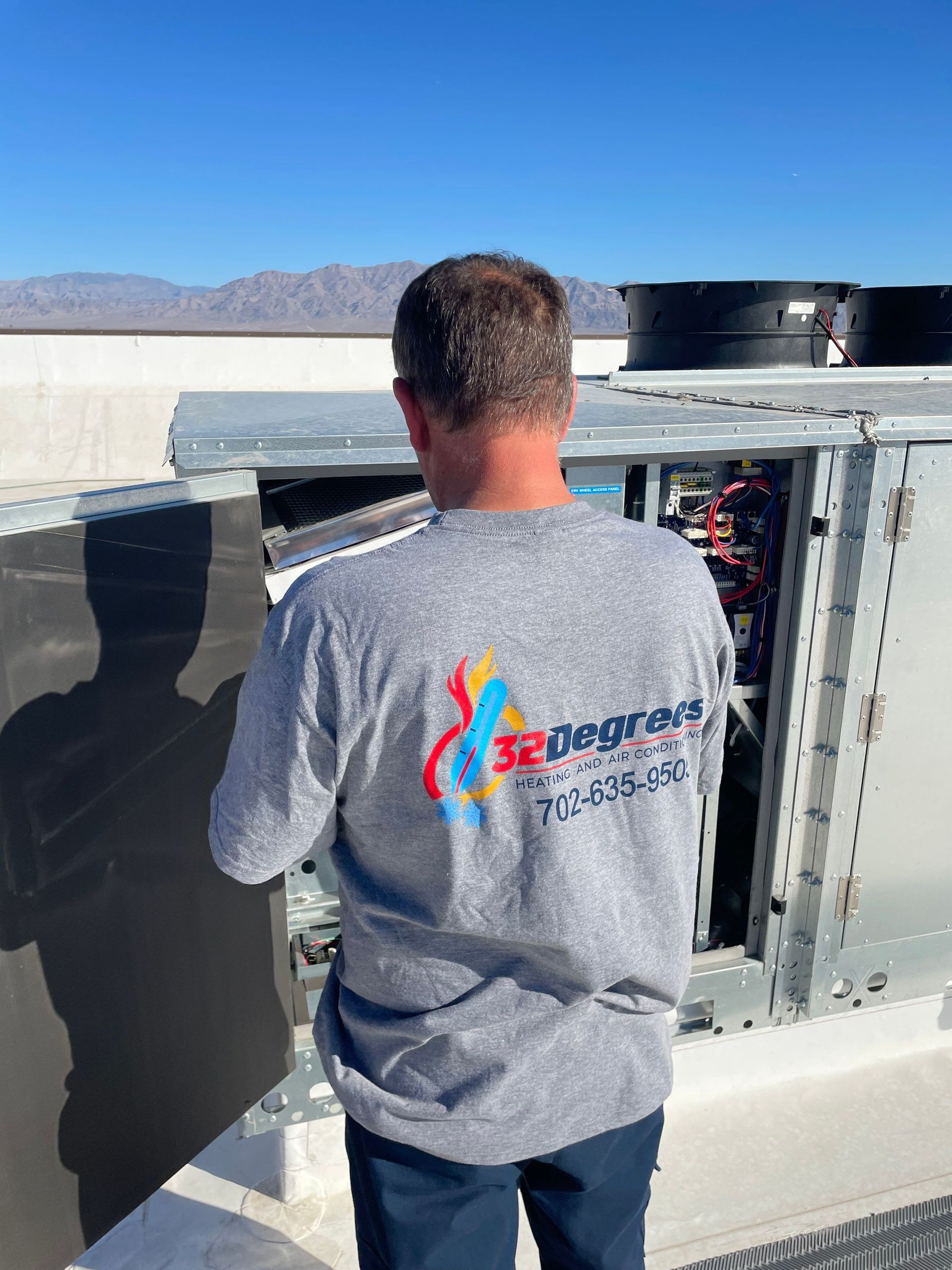
What Causes Refrigerant Leaks?
Refrigerant doesn’t just disappear. If your AC is low on refrigerant, there’s almost always a leak somewhere in the system. Here are the most common culprits:
- Corrosion in the Coils
Over time, the evaporator or condenser coils can develop small cracks or holes. This often happens when moisture combines with chemicals in the air, forming acids that corrode the metal. - Wear and Tear
Your AC works hard, especially during peak summer months. Over years of use, joints, connections, and valves can weaken, leading to tiny leaks that grow over time. - Poor Installation
A sloppy installation job can result in loose connections or improper sealing, making your system more prone to leaks from the start. - Factory Defects
In rare cases, a manufacturing defect in your system can cause a leak. This is more common in newer systems that fail prematurely. - Physical Damage
Outdoor units are exposed to the elements, and accidents happen. Lawn equipment, debris, or severe weather can damage the coils or refrigerant lines, causing leaks.
Signs of a Refrigerant Leak
How can you tell if your system has a refrigerant leak? Here are the key warning signs to watch for:
- Weak Cooling: Your home isn’t cooling as effectively, even when the system runs for longer periods.
- Higher Energy Bills: If your AC is working harder to maintain the temperature, you’ll see the difference in your utility bill.
- Hissing or Bubbling Sounds: Leaks in the refrigerant line can produce unusual noises near the unit.
- Ice on the Coils: Low refrigerant levels can cause the evaporator coils to freeze, leading to ice buildup.
- Frequent Cycling: Your system might turn on and off more often as it struggles to maintain the set temperature.
If you notice any of these signs, it’s time to act fast.
Why Are Refrigerant Leaks a Big Deal?
Refrigerant isn’t just important for cooling; it also protects your system. Low refrigerant levels force your AC to work harder, putting strain on the compressor and other components. Over time, this can lead to costly repairs—or even the need for a full system replacement.
Leaks also have an environmental impact. Many older systems use R-22 refrigerant, which contributes to ozone depletion. Modern refrigerants like R-410A are more eco-friendly, but leaks still waste resources and reduce system efficiency.
How Are Refrigerant Leaks Fixed?
Repairing a refrigerant leak isn’t a simple task. It requires professional expertise and specialized tools. Here’s how the process typically works:
- Diagnosis
The first step is finding the leak. HVAC technicians use tools like electronic leak detectors or UV dye to pinpoint the exact location. This ensures the problem is fixed at its source, not just patched temporarily. - Repair or Replace the Damaged Component
Once the leak is identified, the damaged part—whether it’s a coil, valve, or refrigerant line—is either repaired or replaced. For small cracks, technicians might use sealants, but larger damage often requires a replacement. - Recharging the System
After the leak is fixed, the technician will recharge the system with the correct type and amount of refrigerant. This step is crucial for restoring efficiency and proper cooling performance. - Testing and Inspection
Finally, the technician will test the system to ensure the repair is holding and the refrigerant levels are stable. They’ll also check the overall performance to confirm everything is back to normal.
Preventing Future Leaks
While some causes of refrigerant leaks are unavoidable, regular maintenance can significantly reduce the risk. Here’s how to stay ahead:
- Schedule Annual Tune-Ups: Routine inspections can catch early signs of corrosion, wear, or damage before they become serious issues.
- Keep the Outdoor Unit Clean: Clear away debris and maintain a safe distance from lawn equipment to protect the coils and refrigerant lines.
- Replace Air Filters Regularly: Clean filters improve airflow, reducing strain on the system and preventing freezing that can damage the coils.
- Upgrade an Aging System: If your system is more than 10-15 years old and has frequent leaks, it might be time to consider replacing it with a modern, more reliable unit.
The Bottom Line
Refrigerant leaks might start small, but they can lead to big problems if left unchecked. From weaker cooling to higher bills and potential system damage, the impact is significant.
The good news? With prompt diagnosis and professional repairs, your AC can be back to working its best in no time. And by keeping up with regular maintenance, you can avoid leaks altogether and enjoy a reliable, efficient cooling system for years to come.
If you suspect a refrigerant leak in your system, don’t wait—call an HVAC professional today. A quick repair now can save you from costly problems down the road.
Ready to work with 32 Degrees Heating and Air Conditioning?
Let's connect! We’re here to help. Send us a message and we’ll be in touch. Or give us a call today at 725-720-2912
Agency Contact Form
Our Blogs...
32 Degrees HVAC Solutions
